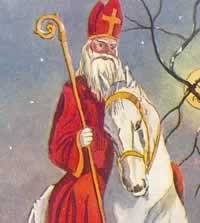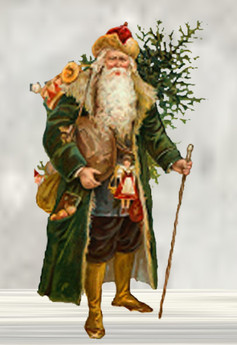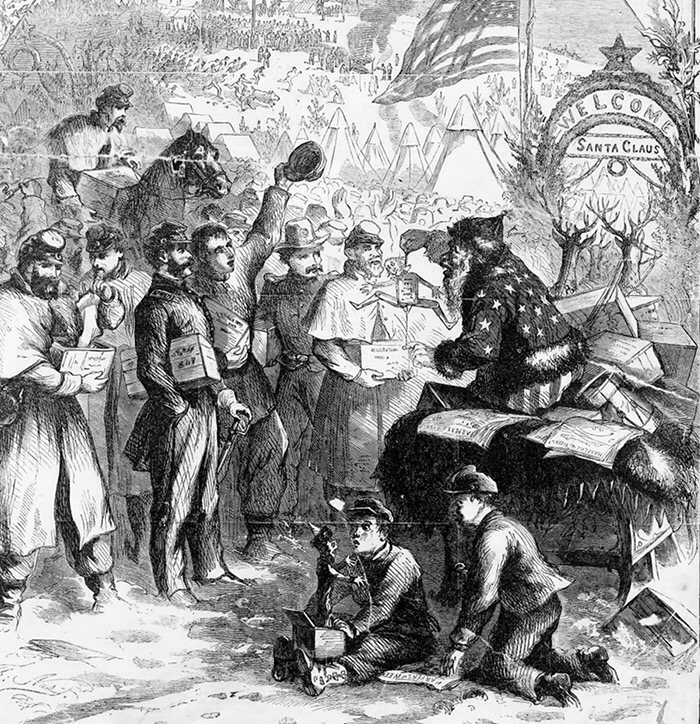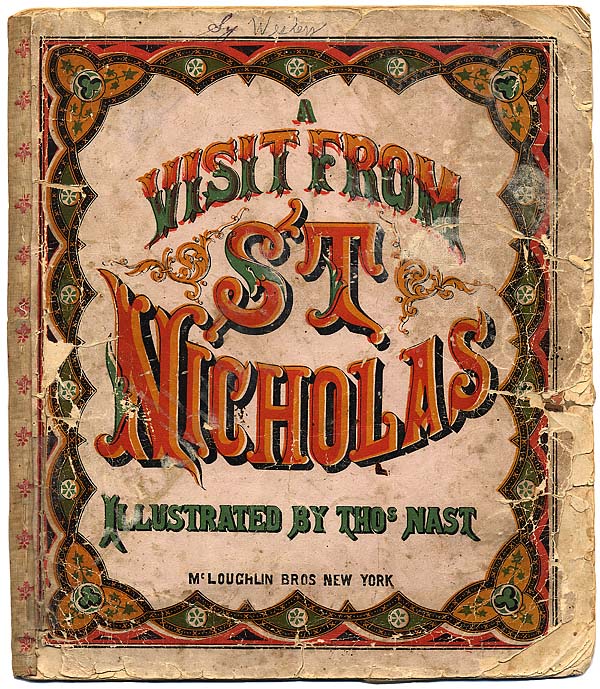
The name of Santa Claus has its roots in the informal Dutch name for St. Nicholas, Sinterklaas (an abbreviation of Sint Nikolaas). St. Nicholas was a historic 4th-century Greek saint (from an area now in modern day Turkey) who had a reputation for secret gift-giving, such as putting gold coins in the shoes left out for him. He was also famous for presenting the three impoverished daughters of a pious Christian with dowries so that they would not have to be sold into slavery. Being the patron saint of children St. Nicholas has long been associated with giving gifts to children.




